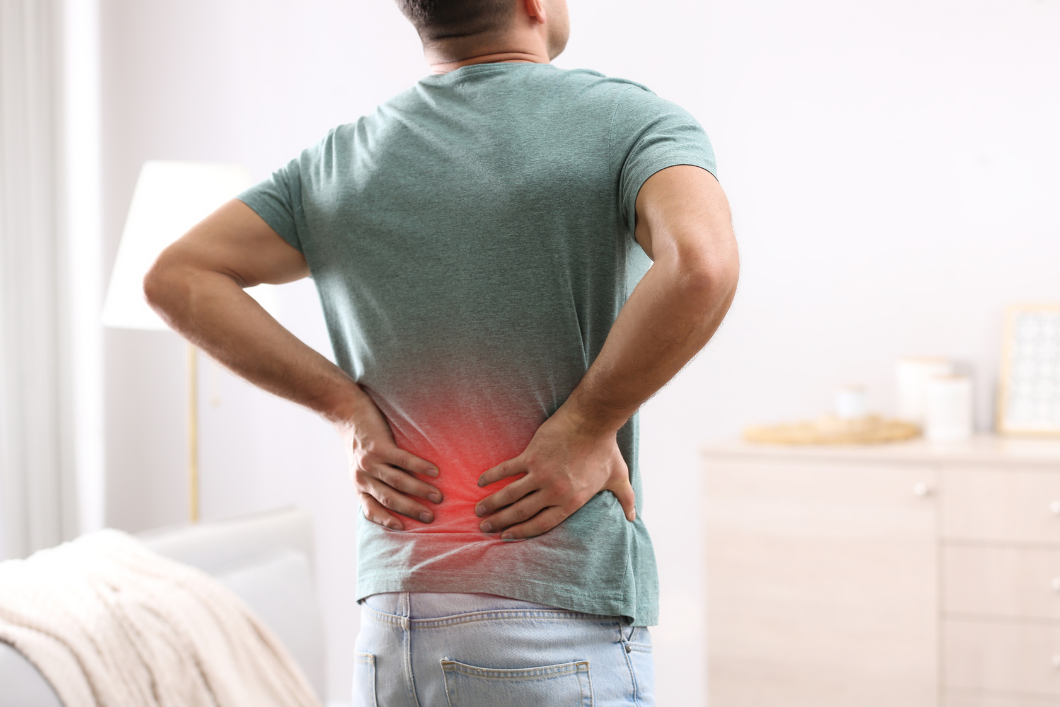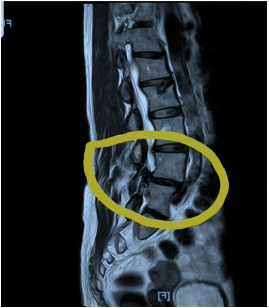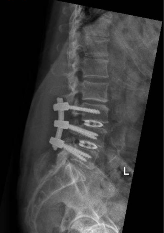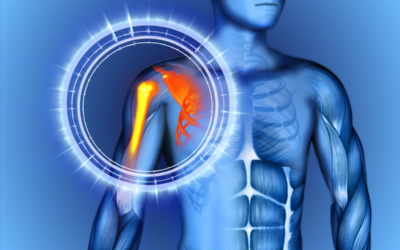

Back Pain and Leg Symptoms in Older Adults – When is it Serious?
Back pain can be a troublesome problem as we get older, but how do we know when it is a harmless annoyance or a sign of something more serious? Although back pain is often due to “wear and tear” or degenerative changes in the ageing body, there are times when it can indicate a more serious underlying condition, especially when there are symptoms affecting both the back and legs.
Follow us on Telegram for the latest updates: https://t.me/AsiaMDsg
Red Flags of Back Pain
Some clinical symptoms and signs that occur together with back pain, indicate serious conditions in the spine that require urgent investigations and treatment:
(1) Back pain and posture – In spinal stenosis, back pain can get worse by bad posture, strenuous physical exercises, carrying heavy weights, or sitting for too long. Some positions might cause pain to radiate from the back to the buttock area and then the leg (this is called “Sciatica”)
(2) Weak muscles of the leg and foot – When there are changes in walking pattern, decrease in leg muscle strength, and foot drop, there could be nerve compression in the spine.
(3) Sensory symptoms in the leg – Tingling, numbness, “pins and needles” or hypersensitivity in your legs, may be due to a pinched nerve in the spine.
(4) Neurogenic Claudication – Walking distance is reduced when there is spinal stenosis. Some patients find that they can only walk 100 to 200 metres before there are sensory symptoms in the leg or the legs become too weak.
Common Causes of Back Pain
Back pain in older adults can often be attributed to these spine conditions:
(1) Spinal stenosis – This occurs when the spinal canal is narrowed, compressing the spinal cord and nerves that lead to symptoms like back pain, leg weakness, reduced walking distance, or numbness and tingling of the legs and feet.
(2) Degenerative lumbar spondylosis – This condition refers to the degenerative changes affecting the facet joints of the spine, as well as the formation of osteophytes (bone spurs) and thickened ligaments in the spinal column. It occurs because of chronic strain or trauma.
(3) Disc prolapse – Intervertebral disc prolapse is the protrusion of the soft inner material of the spinal disc, which then compresses the nerve root, often resulting in back pain, leg pain, numbness, and muscle weakness.
Treatment Options for Back Pain
When back pain in older adults becomes severe or significantly affects the quality of life, various treatment options are available. These options aim to reduce pain, improve mobility and neurologic deficits, and address the underlying causes, including:
(1) Medications – Nonsteroidal anti-inflammatory drugs (NSAIDs), muscle relaxants, and neuropathic pain medications can help manage back pain and leg symptoms. However, it is crucial to consult a healthcare professional before starting any medication regimen.
(2) Epidural, nerve block and facet joint injections, and nucleoplasty of the intervertebral disc – these are different types of injections which can relieve back pain and neuropathic pain. In some cases, radio-frequency ablation (RFA) may be used to de-sensitize the affected nerves.
Photo 1: MRI lumbar spine showing disc prolapse and spondylolisthesis at L4-5 level

Photo 2: Xray showing 2-level lumbar spine fusion L3-5 level

(3) Surgery
(a) Decompression Surgery – for cases where the pain has become chronic and persistent, and with neurologic deficits affecting the legs, bladder or bowel, decompression surgery may be required to relieve pressure on the compressed nerves or spinal cord. The part of the bone or disc that is causing the nerve impingement is removed.
(b) Spinal Fusion – for cases where there is spinal instability, or where extensive bone decompression has to be done, this procedure will stabilise the spine, using titanium screws and rods to fuse two or more vertebrae together. Back pain is reduced when the spine is more stable and nerve pain is relieved by adequate decompression.
Consulting with experienced medical doctors who manage spine care is essential to get the correct treatment for better outcomes.
This article has been fact-checked by Dr Keith Goh Yu-Ching, consultant neurosurgeon at International Neuro Associates, Mount Elizabeth Medical Centre, Singapore.




0 Comments